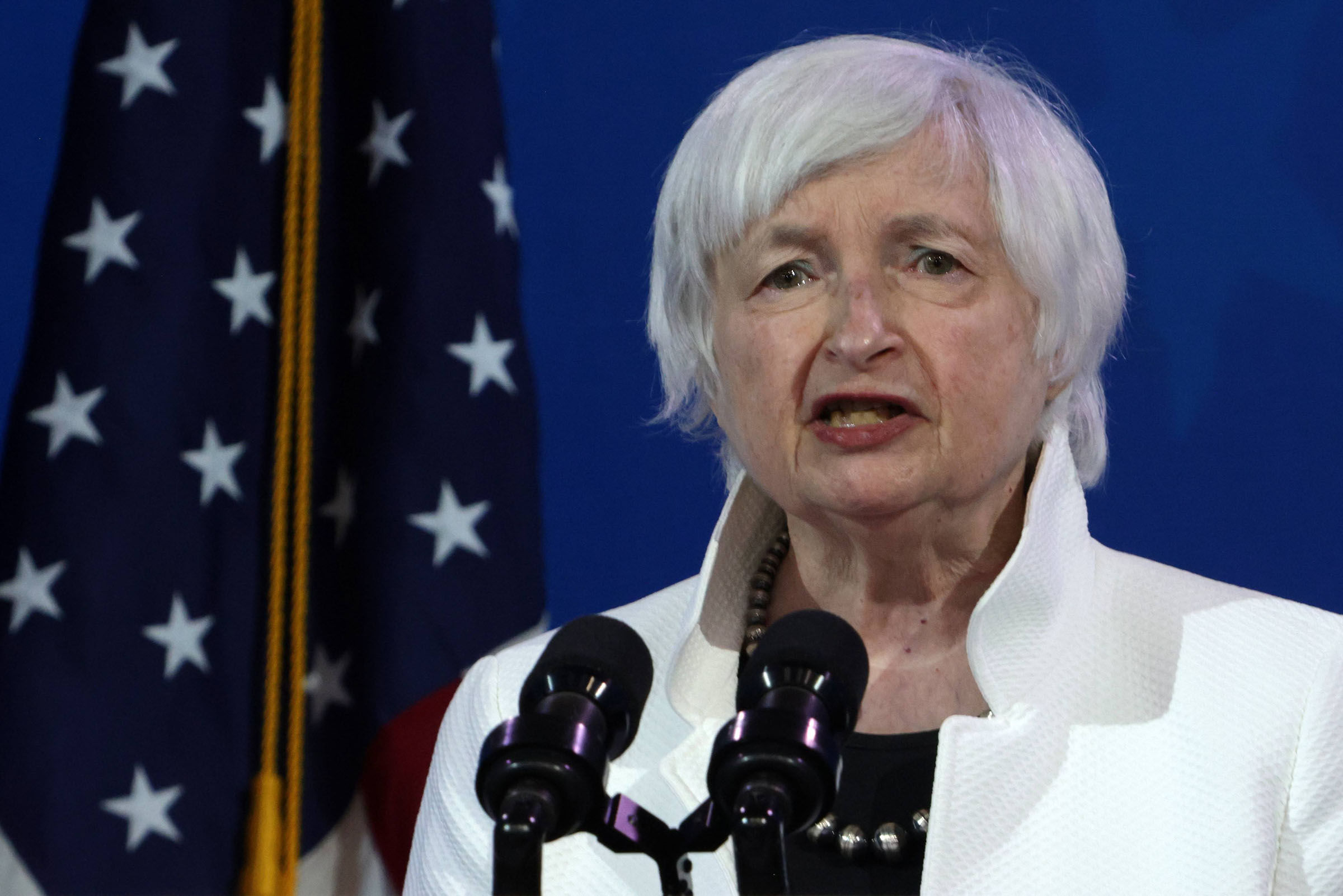
NEW YORK (AFP/RSS) – Progressive lawmakers this week formally launched an effort to hike the US minimum wage, introducing legislation to gradually raise it from $7.25 to $15 an hour.
The proposed increase is much larger than those in the recent past, but supporters argue it is warranted because it has been more than a decade since the wage was lifted, and the current minimum wage is too little for life in the United States.
– When did the United States get a minimum wage? –
First enacted by Congress in 1938 as part of the Fair Labor Standards Act, the wage has been amended several times, most recently in 2007, when Congress voted to lift it gradually from $5.15 to $7.25 an hour.
Since that time, several states and local governments have raised the minimum wage to $15 an hour or to other levels both higher and lower.
Of the 50 states, 21 currently honor the federal level of $7.25, while the remaining states have a higher minimum.
Twenty-five states currently prohibit cities and counties from setting a higher local wage than the state level, according to Resourceful Compliance, which tracks labor law.
– How would the proposed increase work? –
Under legislation introduced by Democrats in the House and Senate, the minimum wage would rise to $9.50 an hour three months after the law is enacted, and then to $15 in four intervals over a five-year period.
The proposal also raises base pay for waiters and other employees who rely on tips, and directs the US labor secretary to annually calculate the median hourly wage of all employees.
In years where the median increases, the federal minimum wage would be raised by the same percentage.
– Would it hurt the economy? –
Economists have long debated whether the economic lift from boosting workers’ purchasing power more than offsets the added wage burden on businesses. There is no consensus on the matter.
“There has been a debate for years,” said Gregory Daco, Oxford Economics’ chief US economist, noting that some studies have shown it can cause job losses, while others have not.
Even the same study can be interpreted differently.
Critics of the higher wage point to a finding in a 2019 Congressional Budget Office report that said lifting the level to $15 an hour would result in 1.3 million workers losing their jobs.
But defenders of the measure noted that the same report said the proposal would lift 1.3 million people out of poverty and boost wages for as many as 27 million more workers, arguing these benefits more than counter the lost jobs.
– What happened where the minimum wage was raised to $15? –
There is no consensus regarding the effects, as shown in Seattle, which in 2014 became the first major US city to adopt a $15 minimum wage.
A 2018 study from the University of Washington said the policy reduced total payroll in low-income jobs, with wages rising by three percent but hours dropping by six to seven percent.
But a 2017 study by the University of California, Berkeley found the policy increased wages in the food services industry with no employment loss.
Howard Wright, the chief executive of the Seattle Hospitality Group and the co-author of the 2014 measure, said he largely discounts the conflicting appraisals of the Seattle policy.
“Our economy has been booming so strongly until Covid,” said Wright.